Let’s start with some easy facts:
According to the European Commission, “1 million EU businesses are already selling goods and services via online platforms, and more than 50% of small and medium enterprises selling through online marketplaces sell cross-border”. This number is only expected to increase, disrupting more sectors each year.
Out of Interbrand’s top 20 Best Global Brands in 2022, 13 function as platform businesses. A platform business is a matchmaker, facilitating a means of connection, often between demand-side and supply-side parties. Compare this to 10 years ago in 2012, when only 7 out of this list were platform businesses.
For now, we’ll tell you a bit more about several myths surrounding platform business models, as not all these myths are true. Let’s bust some common myths:
#1: Platform business models are not just startups
Platform business models are really nothing new. Take a look at eBay and Amazon, to name just two examples. Both are over 25 years old. Even before the founding of these companies, we had traditional marketplaces and shopping malls. These places similarly facilitate a connection between multiple parties. We have, however, begun to think differently about platform business models, and how we can leverage such a business model through technological industry disruption.
#2: Platform business models are not only small
This myth could not be further from the truth. Some platforms are indeed small, but take a look at Airbnb, Facebook, Etsy and Paypal. These are only a handful of multi-million-dollar businesses that operate under a platform business model. Platform business models truly come in all shapes and sizes.
#3: Platform business models are not only digital businesses
A platform business model isn’t synonymous to a digital business. Most of the time when people refer to platform business models, they refer to a digital business. However, bringing back previously mentioned examples, a traditional Saturday morning marketplace in your local village, or a shopping mall, are both places where buyers and sellers can come together and connect. Most platforms are digital but being digital is not a prerequisite to being a platform business.
#4: Platform business models do not only facilitate an interaction between two parties
A platform business model can enable interactions between two or more sides. Think of Facebook, for example. Facebook offers its services to billions of users who interact with each other ‘for free’ (yes, it’s true: “if you’re not paying for the product, then you are the product” as quoted by Tristan Harris – but that’s another story). Facebook makes money by allowing third parties to advertise. This simple scenario illustrates that there can be more than two sides involved on a platform.
#5: Platform business models are not only American
Booking.com and Adyen are Dutch. Alibaba and TikTok are Chinese. BlaBlaCar is French. Deliveroo is British. Fiverr is Israeli. And the list goes on and on!
One last undeniable truth…
A (digital) platform strategy is extremely complex, and success doesn’t come easy. Not only do these platforms need to have a firm understanding of their industry, but they also need to consider the dynamic interactions of a multi-layered business ecosystem. A platform needs to continuously deliver added value to all parties involved (shareholders, consumers, producers and partners). If you don’t add value and stand out, you’ll get disintermediated.
Want to know more about navigating a complex digital platform strategy? Get in touch!

Fleur Boos
Connecting tomorrow's vision to today's action.




